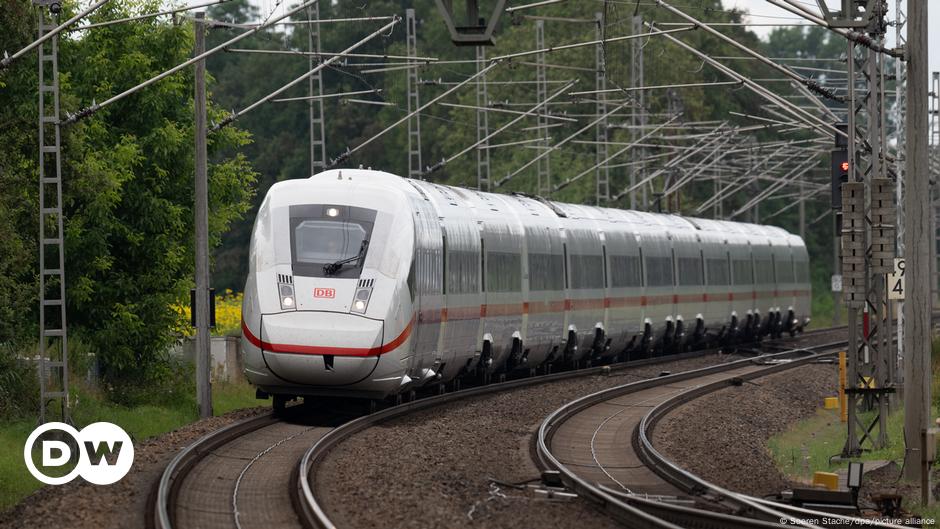Introduction to Germany’s Rail Network Crisis
The 280-kilometer route from Deutsche Bahn, which connects Berlin with Hamburg, will be completely closed for at least nine months starting from August 1st. This route is the most used direct connection in Germany’s remote rail transport, with up to 30,000 passengers every day. Around 230 regional, long-distance, and cargo trains run every day on the tracks between the two largest cities in Germany.
Disruptions and Replacement Transport
From the start of the closure, Intercity passenger trains have to take a 100-kilometer detour, while freight trains are being redirected even further. To compensate for the closure, 170 buses are used every day to further connect the cities between Berlin and Hamburg, which are cut off by rail transport. Both the construction work and the replacement transport become complex and potentially susceptible to disorders.
Degraded Infrastructure, Decades of Neglect
Deutsche Bahn recorded a loss of 760 million euros in the first half of the year, which the company calculated as progress because the losses had been reduced by almost 1 billion euros compared to the previous year. The company’s CEO, Richard Lutz, admitted that Deutsche Bahn is facing its greatest crisis in 30 years, citing the inability to ensure stable operations due to an error-prone and outdated infrastructure.
Germany’s National Rail Network
The Germany’s National Rail Network comprises around 33,500 kilometers of track. As a state company, the operator of Deutsche Bahn is dependent on subsidies from the federal government, which has invested far too little in the infrastructure in recent decades. Some tracks, intersections, and even signal boxes date back to the 19th century, with many systems completely worn out and almost beyond repair.
Deutsche Bahn’s Greatest Overhaul
The "General Renovation" project started in 2024, focusing on 41 main lines that have a combined length of 4,200 kilometers and are essential for operation. The 70-kilometer line between Frankfurt am Main and Mannheim was the first to be revised, with a complete closure for six months to replace tracks and overhead lines. However, the installation of digital technology proved to be more complicated than expected, resulting in construction costs rising to more than 1.5 billion euros.
Delays and Economic Impacts
Currently, only 62% of German trains are considered punctual, with cancelled trains and delays of two to three hours being not unusual. In 2024, Deutsche Bahn had to compensate passengers almost 200 million euros, almost 70 million euros more than in the previous year. The Federal Audit Office has warned that the money alone will not be able to solve the "current crisis" at Deutsche Bahn, requiring a complete revision of the entire company.
Future of Germany’s Rail Network
The government has promised additional funds to renovate the rail network, with the transport minister promising 107 billion euros by 2029. However, examiners have little hope that the railroad will recover soon, concluding that Deutsche Bahn will not be able to fulfill "transport and climate politicians" in the foreseeable future. The separation of rail infrastructures from transport to allow more private companies to apply competition on the railways has also been discussed, but a solution to the crisis remains uncertain.

